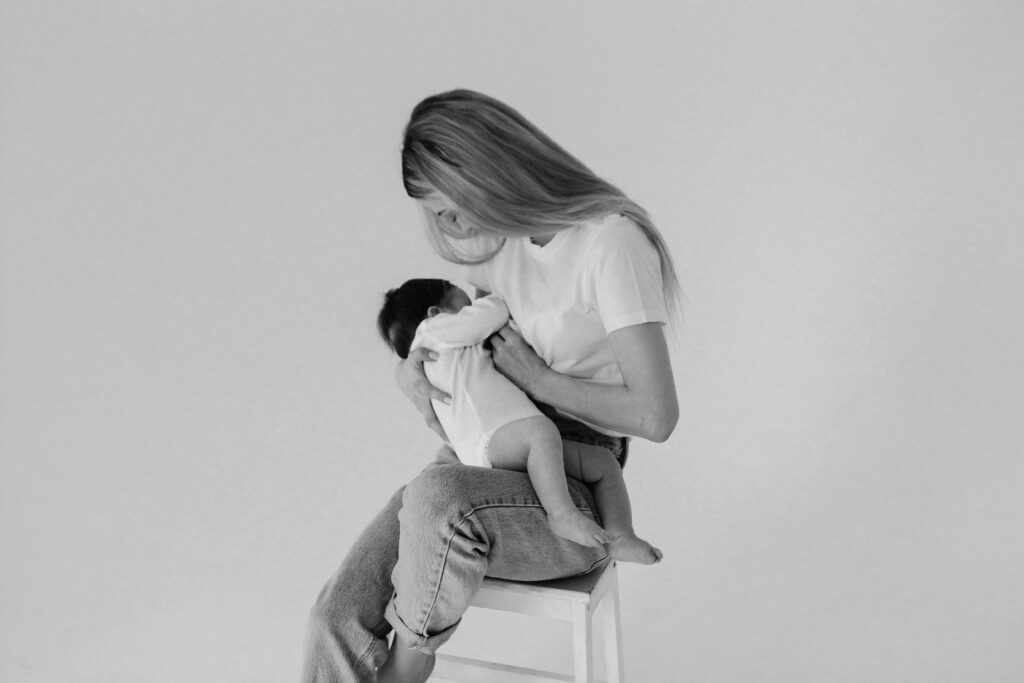 For many parents, after the initial learning curve of latching in the first couple weeks, there’s a sigh of relief. It seems all is going well and the likelihood of latching, bottle, or other issues seems unlikely. Regardless of bottle or pacifier type, many babies seem to happily switch between them and the breast thanks to newborn reflexive suckling.
For many parents, after the initial learning curve of latching in the first couple weeks, there’s a sigh of relief. It seems all is going well and the likelihood of latching, bottle, or other issues seems unlikely. Regardless of bottle or pacifier type, many babies seem to happily switch between them and the breast thanks to newborn reflexive suckling.
However, what happens when babies go from reflexive suckling to voluntary suckling? Sometimes this change brings a sudden, unexpected latching or feeding difficulty. As a Certified Breastfeeding Counselor, you can help families navigate this change.
Newborn Reflexive Suckling
Human infants are born with primitive instincts and reflexes designed to help us survive. One reflex infants have is a suckling reflex. As someone who works with babies, chances are you’ve noticed they will “latch” onto anything put in or near their mouth. Certainly, it may not be a good latch, but they seem to happily give anything a try.
Between the rooting reflex and the reflexive suckling, once baby has early latching figured out, it feels as if they’ll happily breastfeed forever.
Babies are ready right from birth to use their rooting and suckling reflexes. When a nipple and areola are placed deeply in a baby’s mouth, they will reflexively suck. This sucking reflex is also why it is important to get a healthy, deep, latch because they will suck just as hard on the tip of the nipple and cause damage and pain. It’s important parents understand the quality of the latch is important to reduce nipple pain and damage.
Steps of Suckling Reflex
This suckling motion has two steps. First, their lips go around the areola with the nipple far back in the mouth, pointed to the palate, and compresses the breast between the tongue and palate, forcing the milk out.
In the second step, the tongue moves from the areola to the nipple. This whole process is helped by the suction that occurs around the breast with baby’s mouth.
For some babies, due to palate complications, oral ties, etc., their suction may not be ideal or their tongue movement less than perfect. With the suckling reflex, however, they might be able to effectively transfer milk and willing attempt to do so. That is until things shift from reflexive suckling to voluntary.
It’s important to note that while baby’s reflexes aid in breastfeeding, it still takes a bit of time for them to coordinate and use these reflexes to transfer milk well.
What is Voluntary Suckling?
The desire to suckle, and the comfort babies have in it, does not suddenly disappear. Human infants are still meant to suckle and get a bulk of their nutrition that way until at least 12 months, often much longer.
However, somewhere around 2 and 4 months, the suckling goes from reflexive to voluntary. For some infants, when this happens, they might develop some different preferences or even change their latch a bit.
If a parent notices their baby went from nursing well, or taking a certain bottle well, and suddenly baby has a less than perfect latch, it could be their reflex is now voluntary suckling. This allows baby to have a bit more preferences in terms of bottle.
This is why a healthy latch from the beginning is important. We don’t want baby to develop a habit of a poor latch and then make it difficult when the reflex is gone to correct the latch.
We might also worry about bottle preference vs breast preference. Many parents spend at least a bit of time away from their babies, especially if they return to work or school. When this is the case, most breastfeeding parents want baby at the breast as often as possible while also happily taking a bottle.
Establishing a healthy latch is important. Using PACED bottle feeding can also help reduce bottle preference over breast preference.
As a CBC, you can help guide parents through the different stages of breastfeeding.